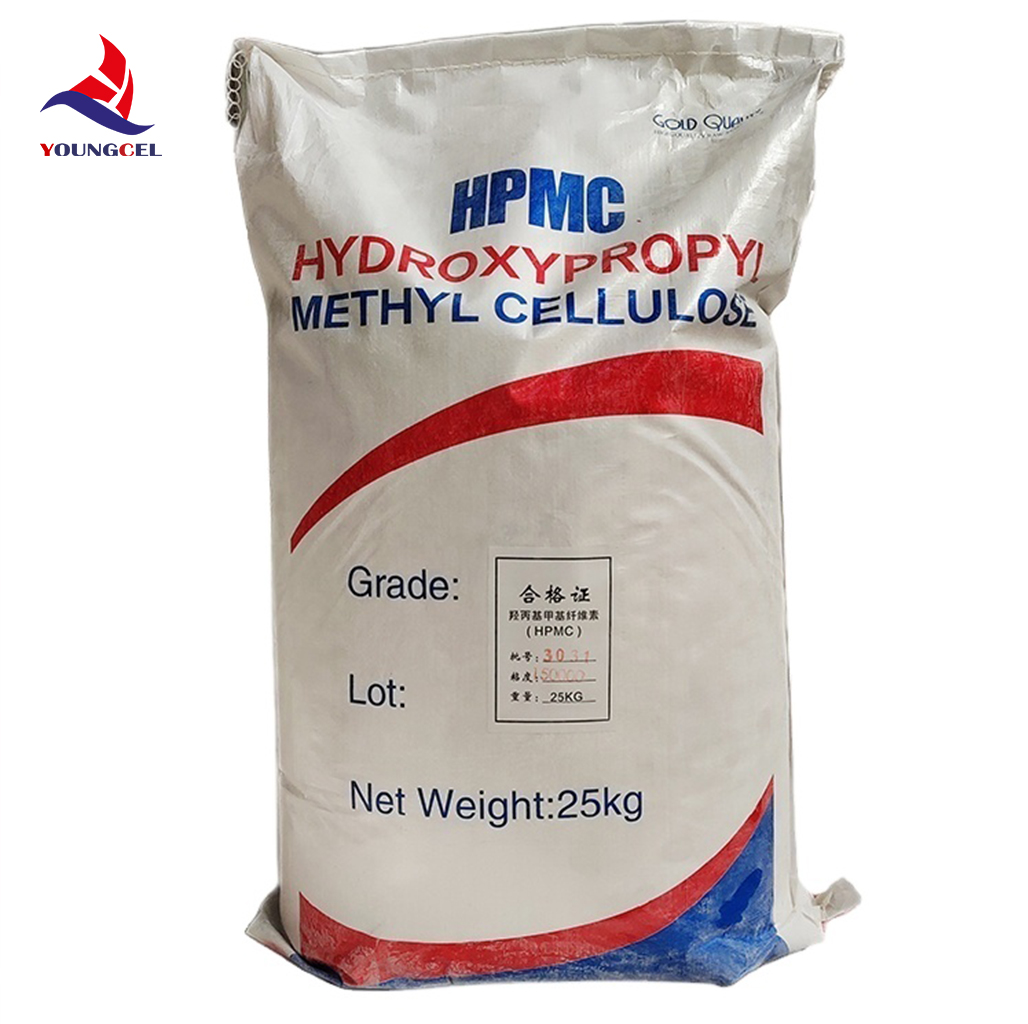Cellulose Polymer Nature's Versatile Biomaterial
Cellulose, a complex carbohydrate and the most abundant organic polymer on Earth, serves as a foundational building block in the biological world. Primarily derived from the cell walls of plants, cellulose is composed of linear chains of glucose units. When these chains form various structures, they create cellulose polymers that play critical roles in various fields, from industry to medicine.
Structure and Properties
Cellulose is characterized by its unique structural properties. Its long, linear chains enable the formation of strong hydrogen bonds between adjacent chains, resulting in a rigid and insoluble configuration. This structural integrity makes cellulose an essential component in the plant kingdom, providing strength and stability to plant cell walls. The crystalline nature of cellulose adds to its strength, making it an ideal candidate for various applications.
The properties of cellulose as a polymer are exceptionally versatile. It is biodegradable, renewable, and non-toxic, making it an environmentally friendly alternative to synthetic materials. Additionally, cellulose can be modified chemically or physically to enhance its functional properties, leading to a diverse range of applications.
Industrial Applications
In industrial applications, cellulose derivatives are used widely. Cellulose acetate, for instance, is a synthetic material derived from cellulose that finds use in the production of photographic films, textiles, and even cigarette filters. Another significant derivative, carboxymethyl cellulose, functions as a thickening agent in food products, cosmetics, and pharmaceuticals. These derivatives exemplify the adaptability of cellulose polymers in meeting specific industrial needs.
Furthermore, cellulose nanofibers are emerging as a notable innovation in materials science. Due to their exceptional strength-to-weight ratio, cellulose nanofibers are being used to reinforce composite materials in construction, automotive, and aerospace industries. These applications highlight cellulose's potential in promoting sustainability and reducing reliance on non-renewable resources.
cellulose polymer

Medical and Pharmaceutical Uses
The medical field also benefits significantly from cellulose polymers. For example, cellulose-based materials are used in wound dressings and drug delivery systems. The biodegradability of cellulose minimizes the long-term impact on the environment and the human body, making it an ideal candidate for such applications. Hydroxypropyl cellulose and microcrystalline cellulose are commonly utilized in pharmaceuticals as excipients, enhancing the delivery and stability of active ingredients in medications.
Moreover, cellulose's biocompatibility is vital for developing new biomaterials for tissue engineering and regenerative medicine. Researchers are exploring the use of cellulose scaffolds that promote cell growth and tissue regeneration, facilitating advancements in medical treatments and transplants.
Environmental Impact and Sustainability
One of the most significant advantages of cellulose polymers is their sustainable nature. As a biodegradable material, cellulose returns to the ecosystem without causing harm, unlike many synthetic polymers, which contribute to pollution and waste. The renewable sources of cellulose, primarily derived from plant biomass, reinforce its sustainability credentials. The growing trend towards eco-friendly products has spurred interest in cellulose-based packaging materials, which serve as an alternative to conventional plastics.
Conclusion
In summary, cellulose polymers exemplify the intersection of natural resource management and technological innovation. Their diverse properties and wide-ranging applications underscore their importance in various industries, including textiles, pharmaceuticals, and sustainable materials. As society increasingly recognizes the environmental challenges posed by synthetic alternatives, cellulose stands out as a biodegradable, renewable, and versatile biomaterial. The continued exploration of cellulose and its derivatives promises to unlock further potential, paving the way for a more sustainable and innovative future. With ongoing research and development, cellulose polymers will undoubtedly continue to play a significant role in addressing modern challenges in materials science and environmental sustainability.
-
Rdp Powder: Key Considerations for Wholesalers in the Building Materials IndustryNewsJul.08,2025
-
Key Considerations for Wholesalers: Navigating the World of Hpmc - Based ProductsNewsJul.08,2025
-
Hpmc Detergent: Key Considerations for WholesalersNewsJul.08,2025
-
Key Considerations for Wholesalers: China Hpmc For Tile Adhesive, Coating Additives, Concrete Additives, and MoreNewsJul.08,2025
-
Crucial Considerations for Wholesalers: Navigating the World of Construction MaterialsNewsJul.08,2025
-
Key Considerations for Wholesalers Sourcing Additive For Cement, Additive For Concrete, Additive For Putty from Additive Manufacturer Shijiazhuang Gaocheng District Yongfeng Cellulose Co., Ltd.NewsJul.08,2025




